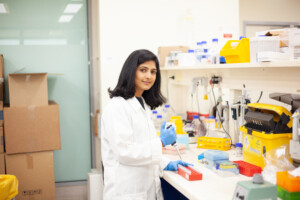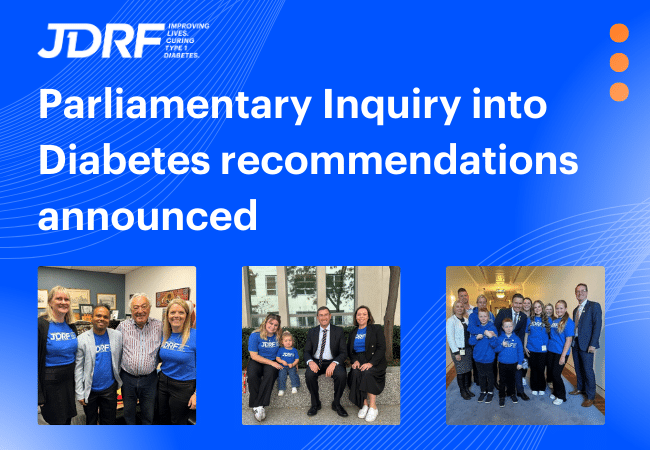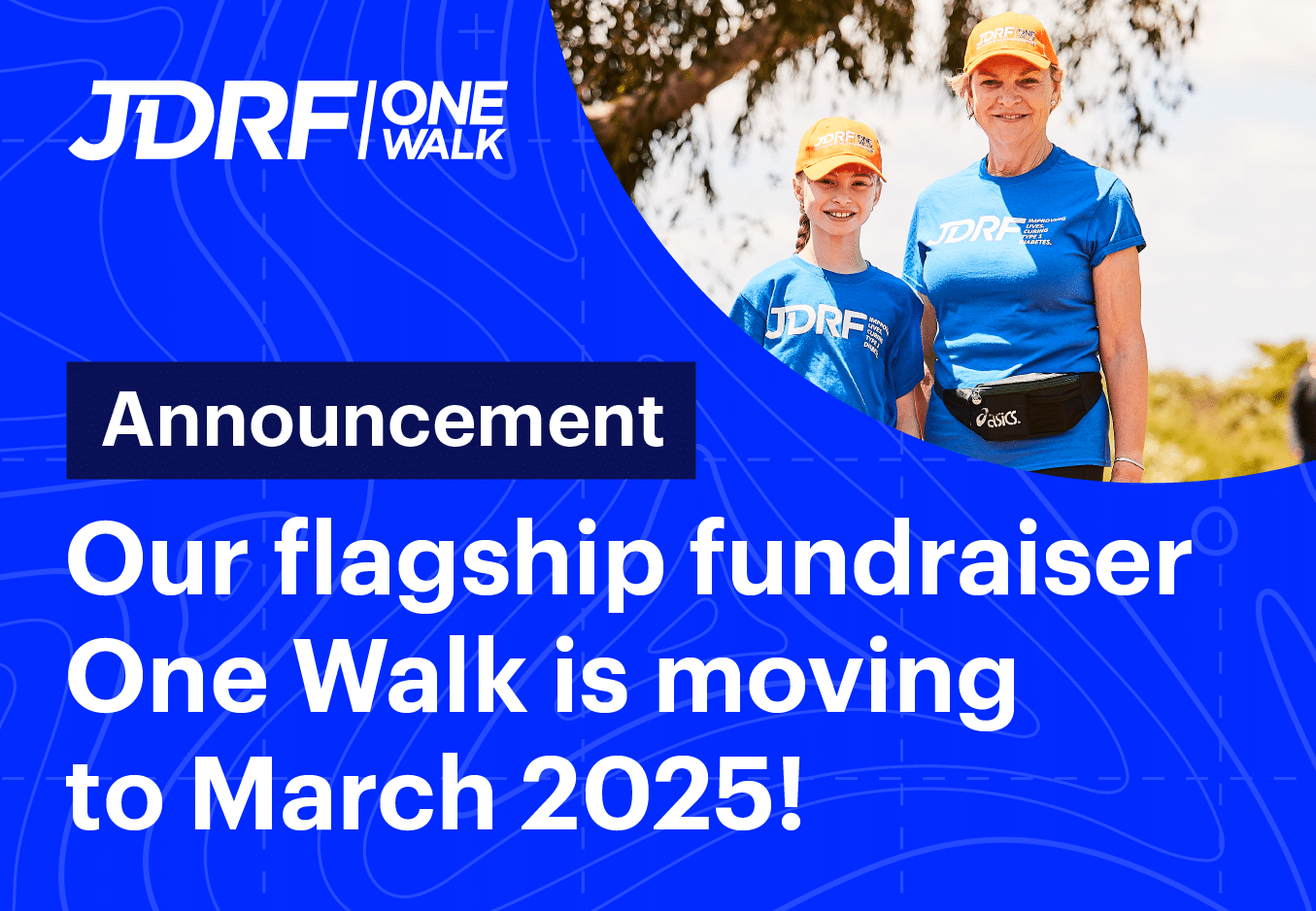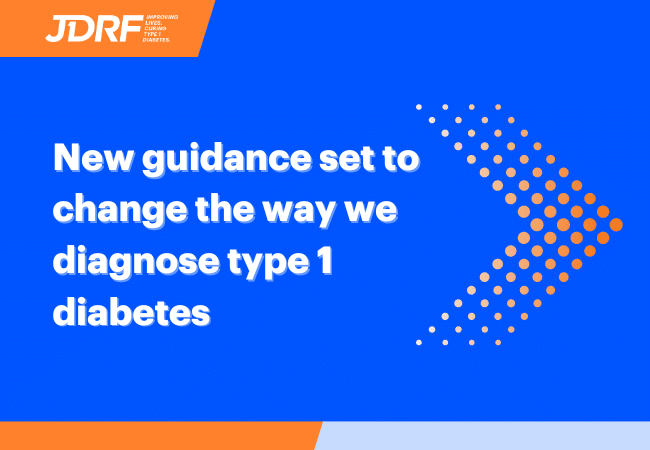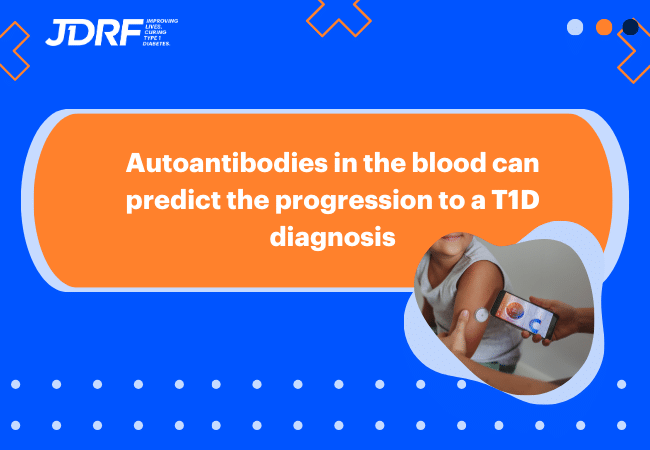$3 million invested to understand and prevent the development of T1D

JDRF Australia and The Leona M. and Harry B. Helmsley Charitable Trust (Helmsley) have committed $3 million for research projects aimed at understanding how type 1 diabetes (T1D) develops, with the ultimate goal of preventing it.
This is in collaboration with the Environmental Determinants of Islet Autoimmunity (ENDIA) Study. ENDIA is the world’s first T1D observational study following babies from in-utero through to 10 years of age to see how the environment interacts with an individual’s genes to drive the development of T1D.
About the ENDIA study
In Australia, T1D in children is more than twice as common as it was 30 years ago. This is because our environment has changed. If we can understand exactly what in the environment contributes to or protects against the condition, we can modify these factors to prevent T1D in the future. These are the aims of ENDIA.
Since its inception, ENDIA has recruited almost 1,500 children and their families who have an immediate family member with T1D, monitoring them regularly from as early as pregnancy. Over 200,000 unique biological samples, such as blood, immune cells, breast milk, nasal swabs, stool, and urine samples, along with 16 million clinical data, have now been collected in a bid to identify which elements in a baby and child’s environment may be triggering the development of T1D
This new round of funding will give five select researchers within Australia and around the world the opportunity to collaborate with ENDIA and access these invaluable samples as they investigate novel concepts about how T1D develops.
The new projects
Applications for ENDIA collaborations were received from all over the world and five research proposals have been selected. Using ENDIA samples, these projects will explore the following critical questions:
Project 1: Can we improve our prediction of who will develop T1D?
Assistant Professor Clive Wasserfall from the University of Florida and his team will be determining whether we can improve the way we predict which children will go on to develop T1D. He will do this by looking at growth factors called IGF1 and 2 as well as a substance produced by the pancreas called trypsinogen. Improved T1D prediction will allow people and families to be better prepared for a T1D diagnosis and, as therapies become available in the future, prevent T1D from taking hold.
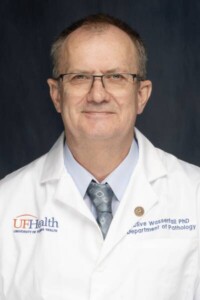
Project 2: How does maternal T1D affect a baby or child’s likelihood of developing the condition?
In this study, Assistant Professor of Biomedical Informatics, Randi Johnson and her team from The University of Colorado will look at how a mother’s T1D during pregnancy reduces their baby’s T1D risk. Focusing on specific changes to the DNA of the immune cells, she will investigate how blood sugar management during pregnancy might impact the child’s susceptibility to T1D. The ultimate aim is to understand these changes and potentially develop targeted therapies for individuals with a family risk of T1D.
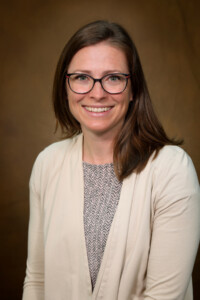
Project 3: Can we predict if a baby or child will develop T1D by assessing a mother’s metabolites?
Professor Claire Meek from The University of Leicester and her team are seeking to determine if there is a new way to identify T1D risk through looking at substances in the body called metabolites. Prof Meek will use advanced techniques to identify metabolic exposures during pregnancy that may alter the infant’s immunity and how the pancreas functions (certain parts of the pancreas are incorrectly attacked by the immune system during T1D development, leading to a loss of insulin production). By comparing children with different parental diabetes backgrounds, the study aims to discover newborn markers that could better predict T1D development.
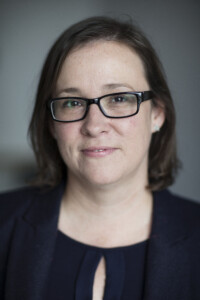
Project 4: What is the role of breastmilk in T1D development in babies and children?
Dr Satvika Burugupalli from the Baker Heart & Diabetes Institute is seeking to understand how breastmilk composition, microorganisms in an infant’s gut (gut microbiome) and immune system development are connected to the progression of T1D. The team will analyse breastmilk in mothers and their infant, looking for links between breastmilk components, maternal diet and T1D status, infant gut microbiome and T1D risk.
Project 5: What is the role of gut microbes in T1D development?
Building upon previous research on the gut microbiome in families, Associate Professor Tommi Vatanen from the University of Helsinki and his team will examine how gut bacteria may be linked to the development of T1D within families. To do this, he will assess the gut microbiomes of fathers and other family members to identify patterns associated with T1D development. Cutting-edge technology and analysis will be used to investigate bacterial interactions, transmission, and the potential role of certain microbes in the development of T1D.

Putting Australia on the map for T1D prevention research
Funding for these projects is only possible thanks to the generosity of Helmsley alongside Government funding for JDRF’s Type 1 Diabetes Clinical Research Network (T1DCRN).
The T1DCRN is the main driver of T1D research investment in Australia and has been bringing together the world’s leading T1D researchers for over a decade. It has been a catalyst for significant scientific advancements in projects like ENDIA and is currently funded until the end of 2024.
Dr Dorota Pawlak, JDRF Chief Scientific Officer, says the T1DCRN and ENDIA have been instrumental in positioning Australia as a global leader for T1D prevention.
“ENDIA was the first study of its kind globally. The richness of the data and uniqueness of biological samples collected puts it, and Australia, at the forefront of research in T1D prevention. This would not have been possible without the Government’s ongoing support of the Australian T1D Clinical Research Network, alongside JDRF’s long-standing partnership with Helmsley.
“This funding announcement will see ENDIA’s impact reach a new international level, by giving the best and brightest T1D researchers around the globe access to ENDIA’s precious resources for innovative investigations seeking to uncover new findings. Importantly, it will also widen the scale of national and international expertise within the ENDIA team through these collaborations.”
Learn more about the research supported by JDRF through the T1DCRN.

